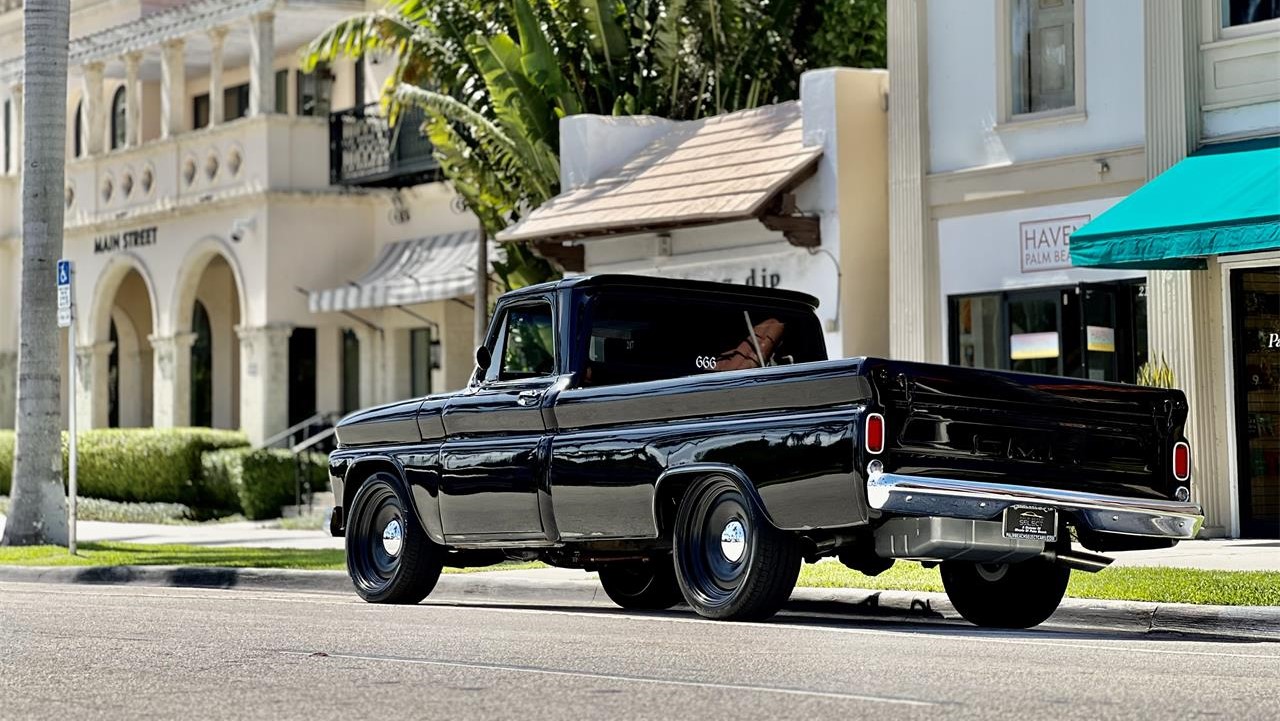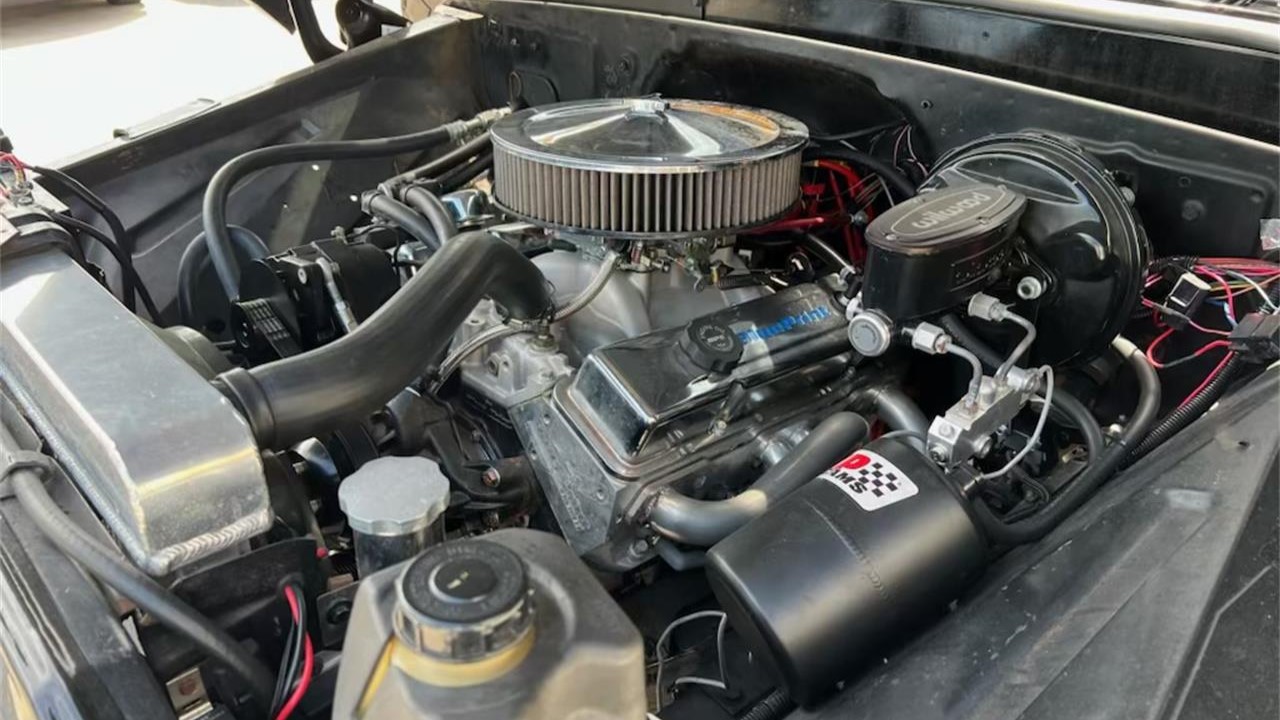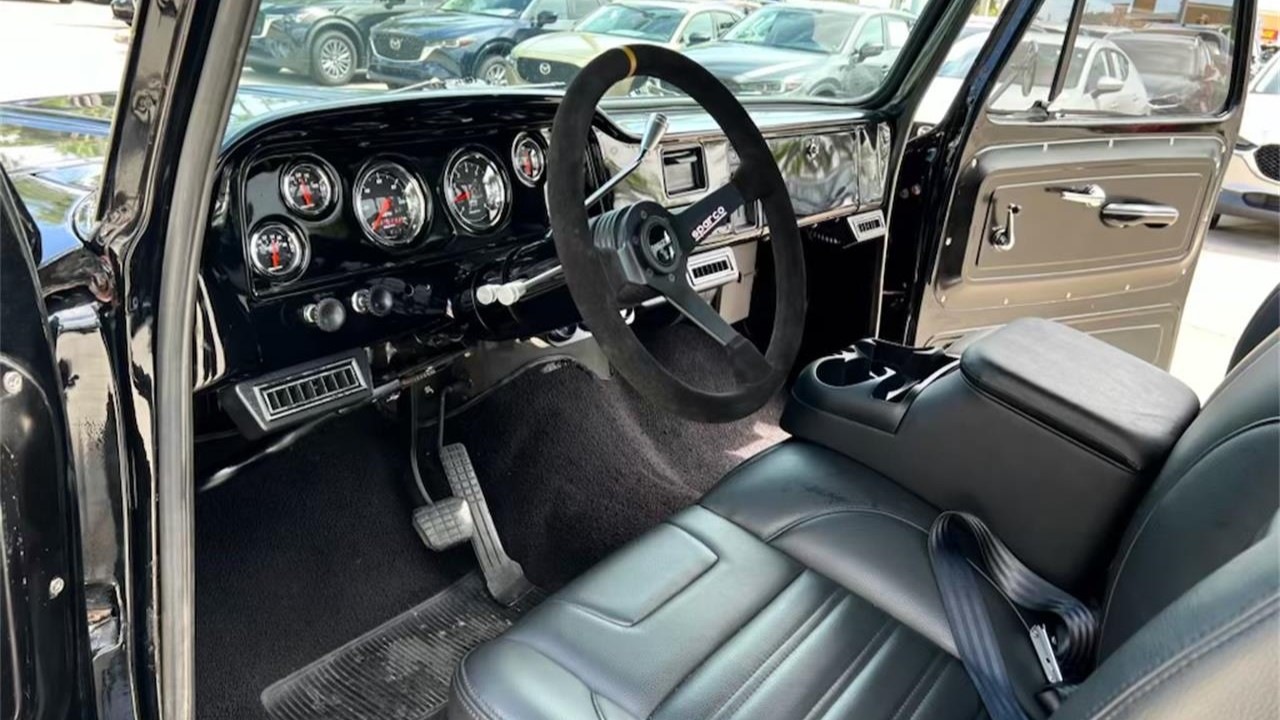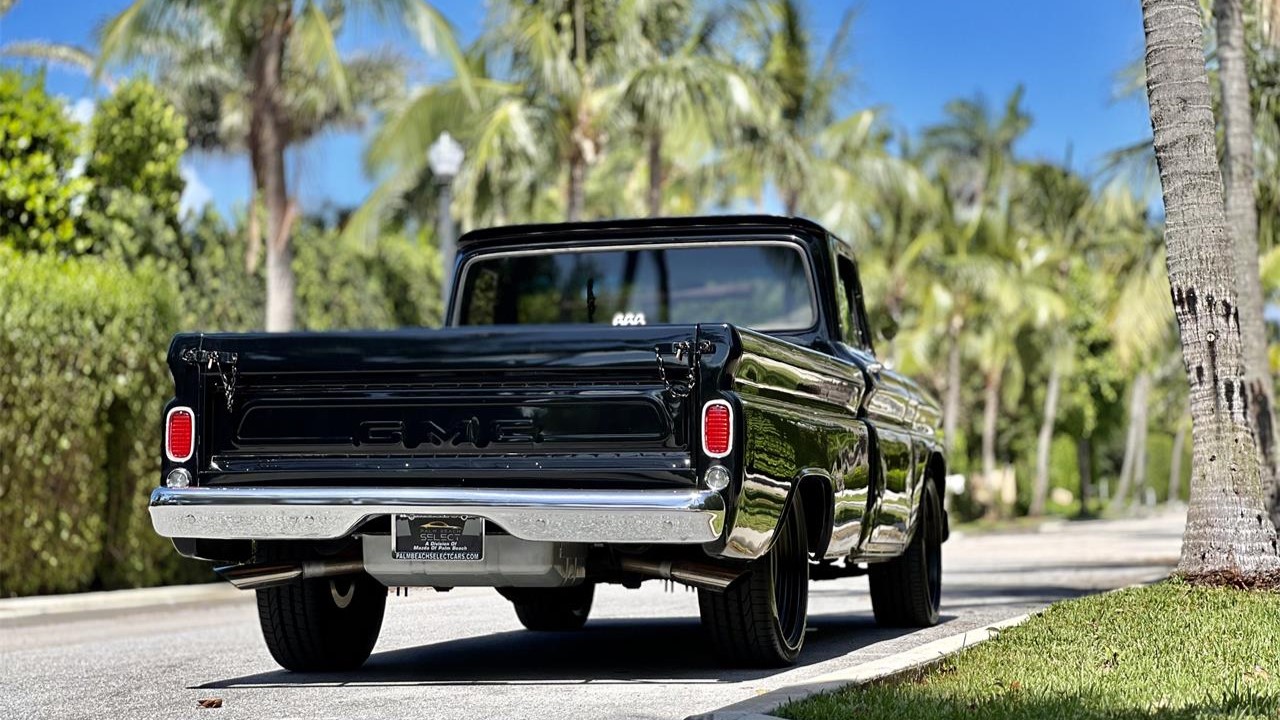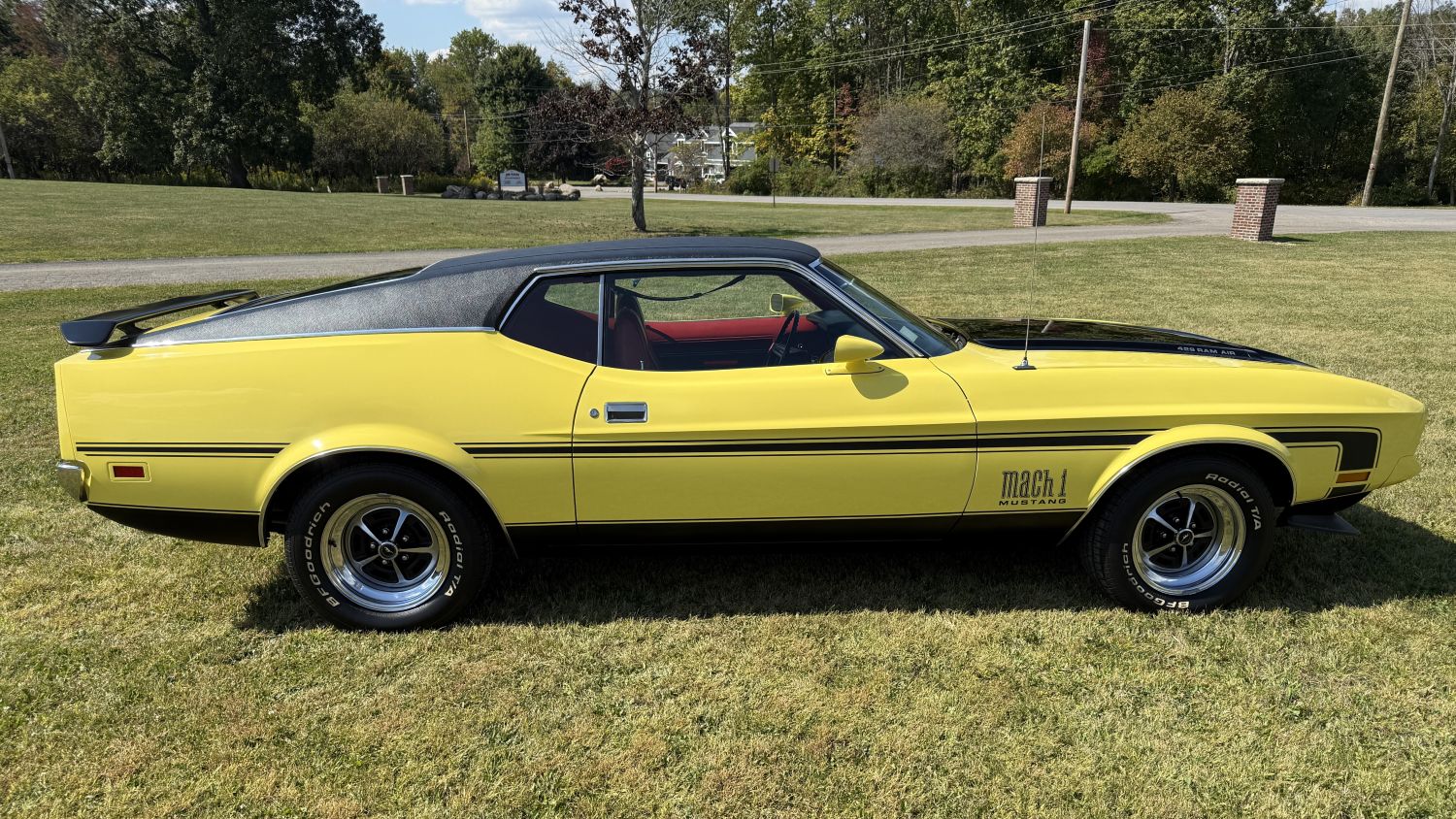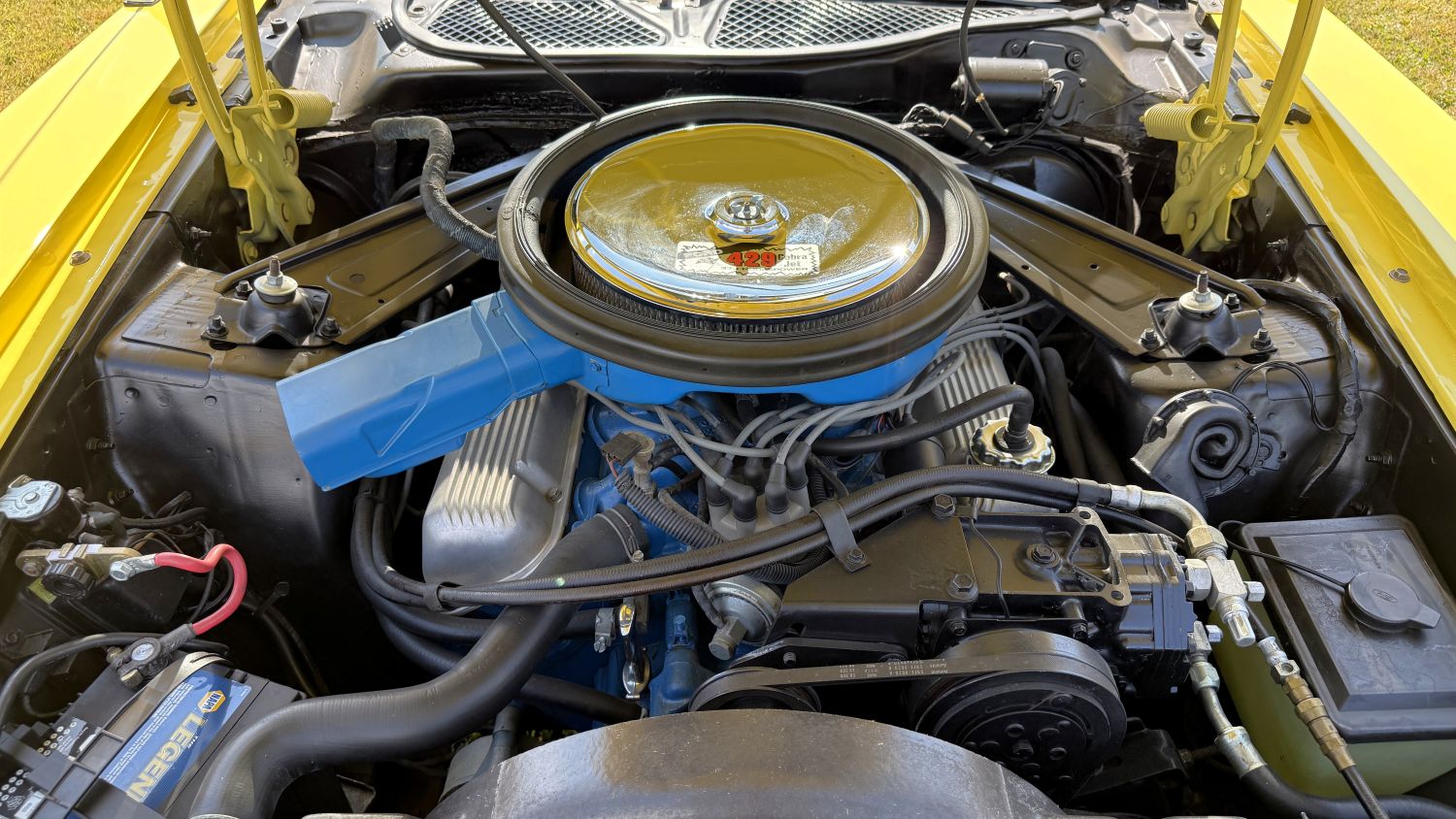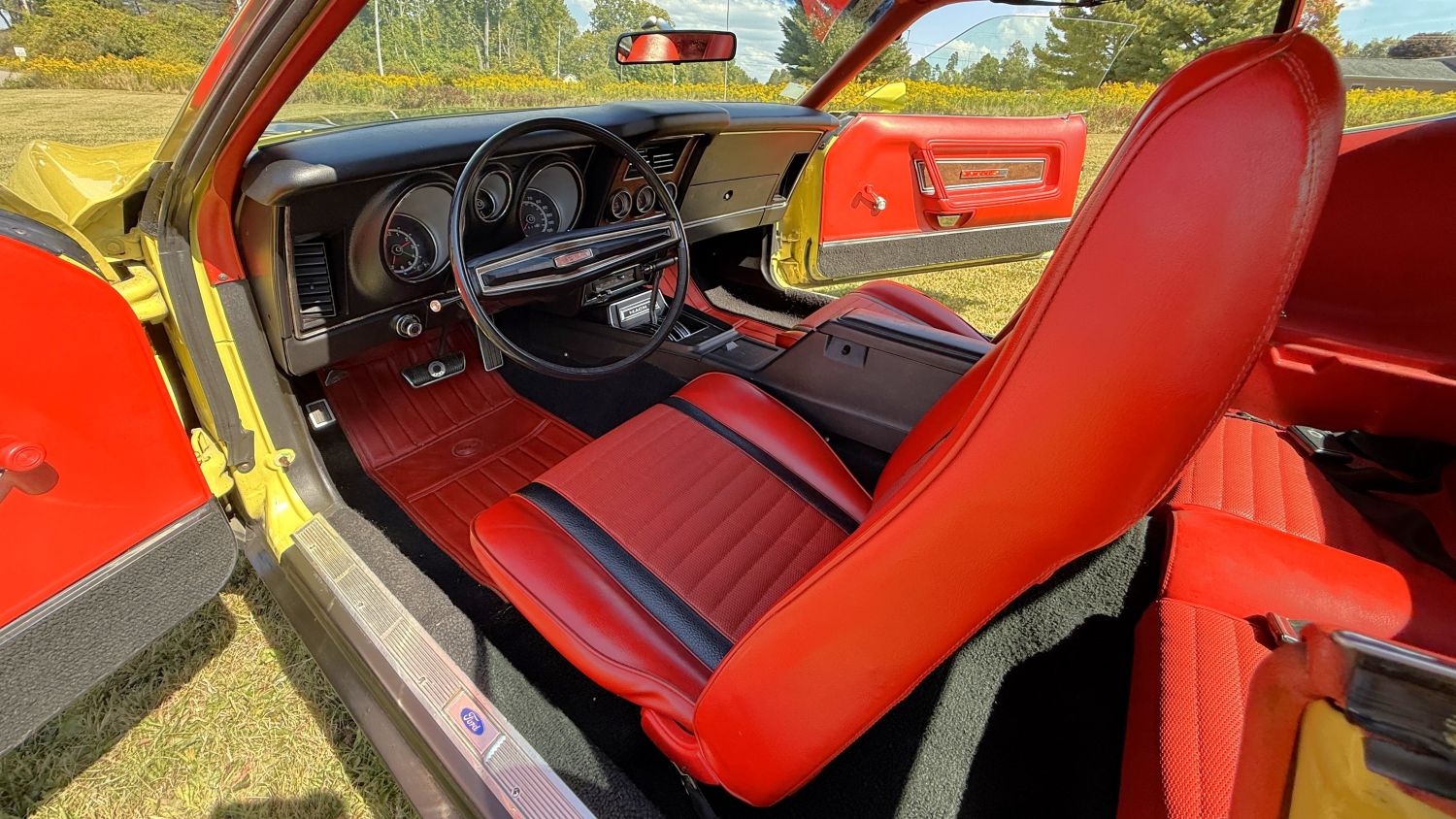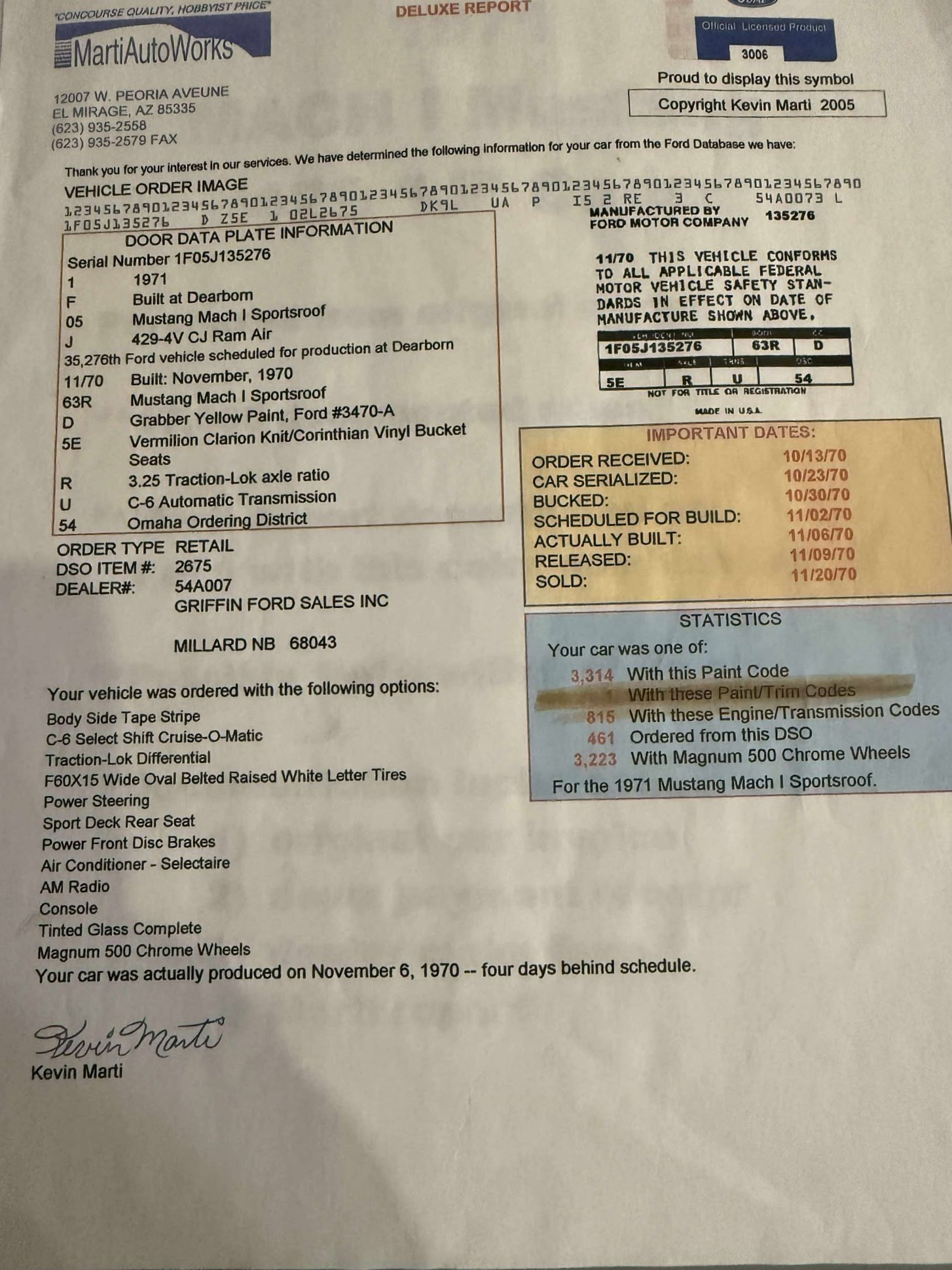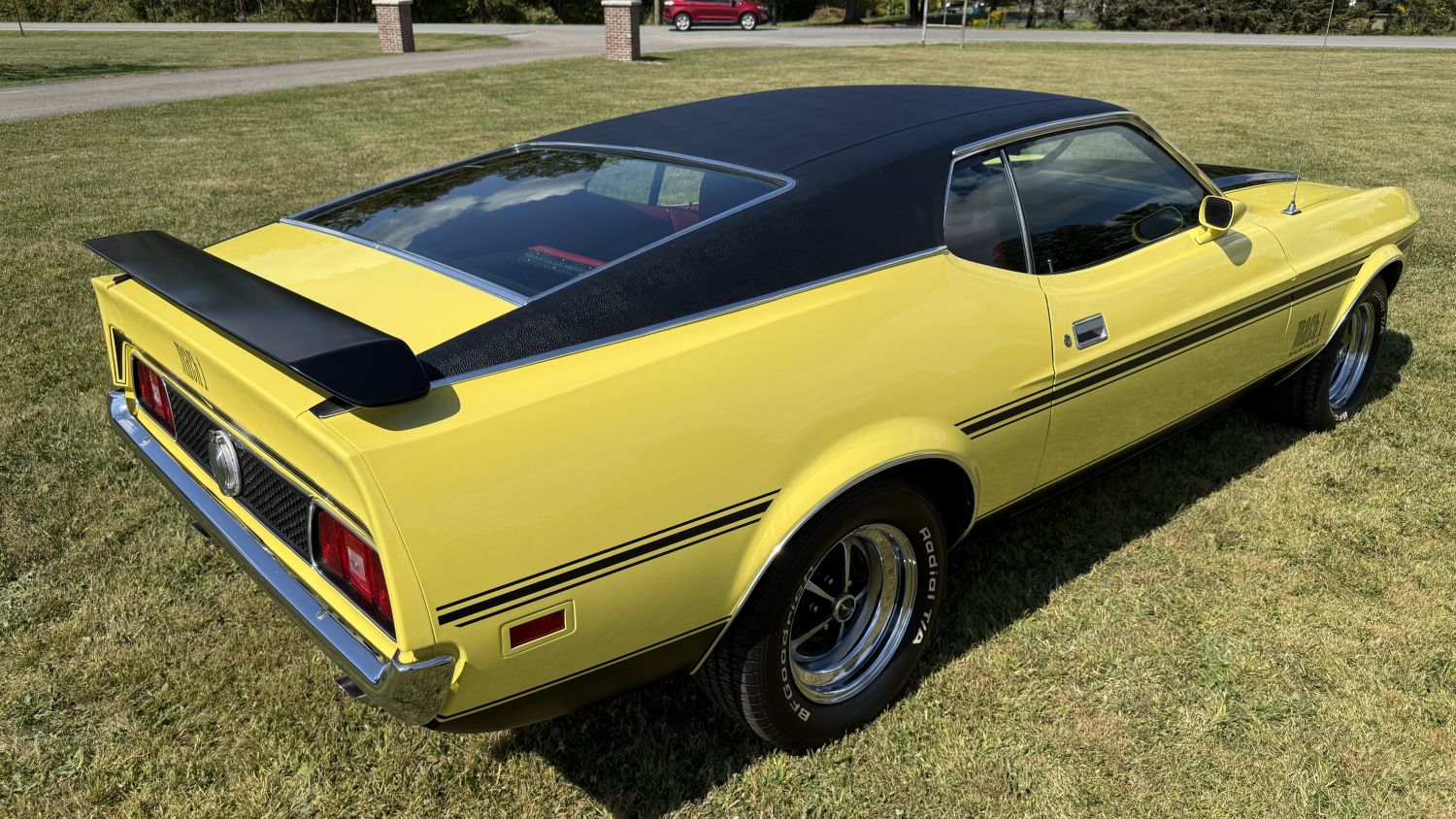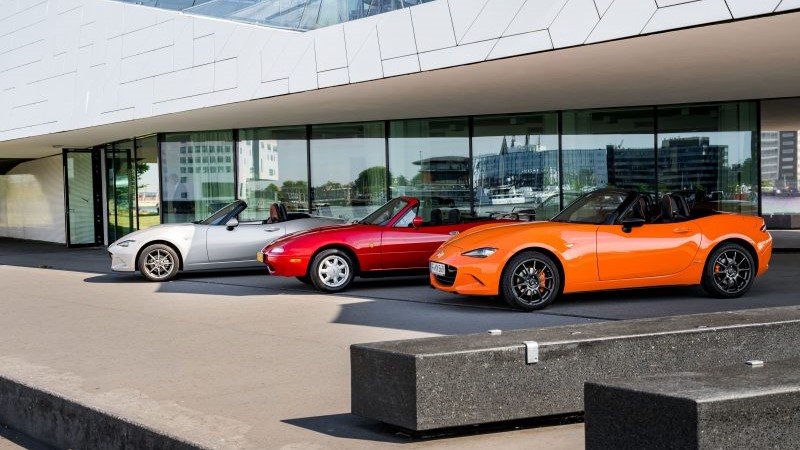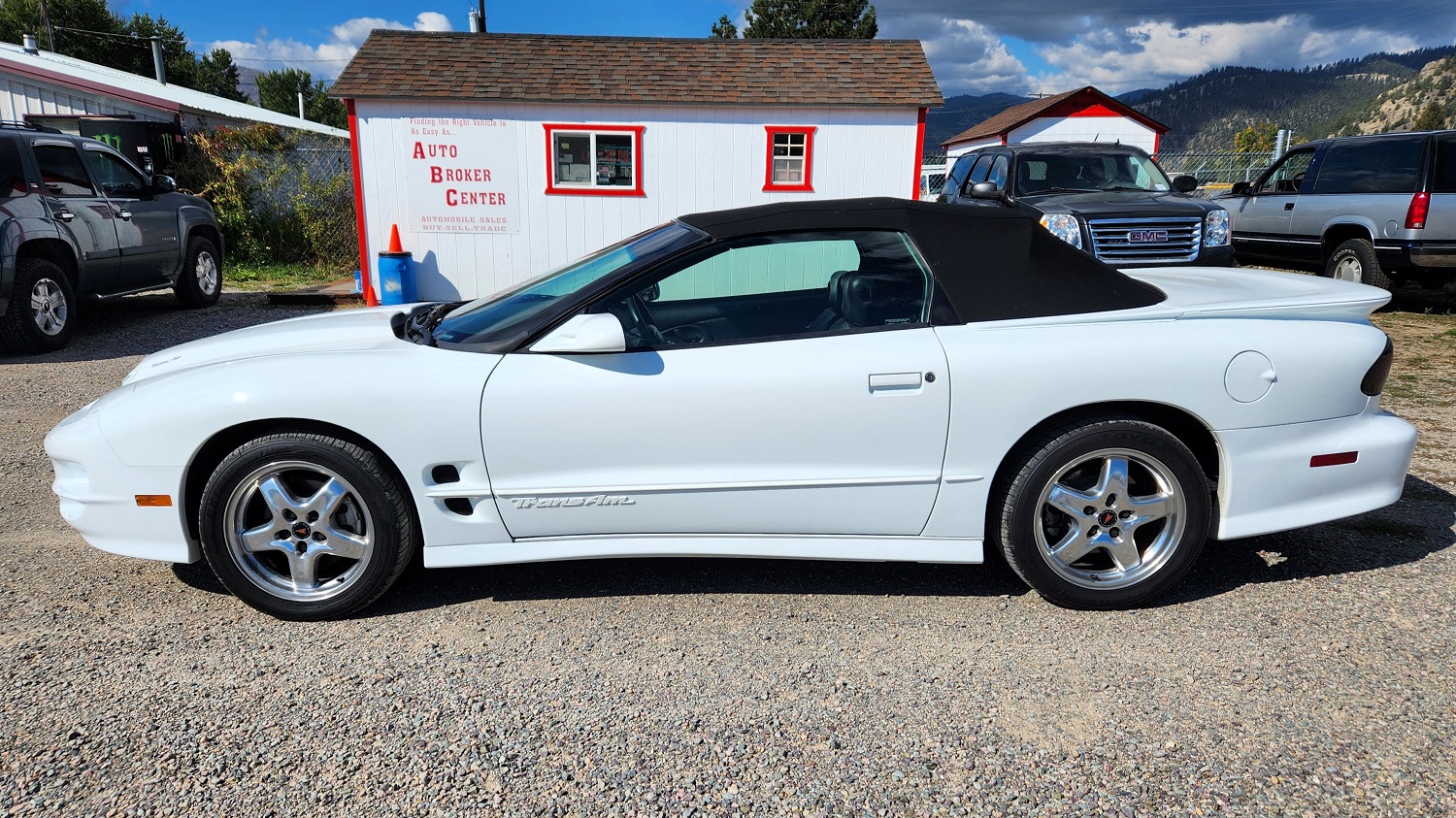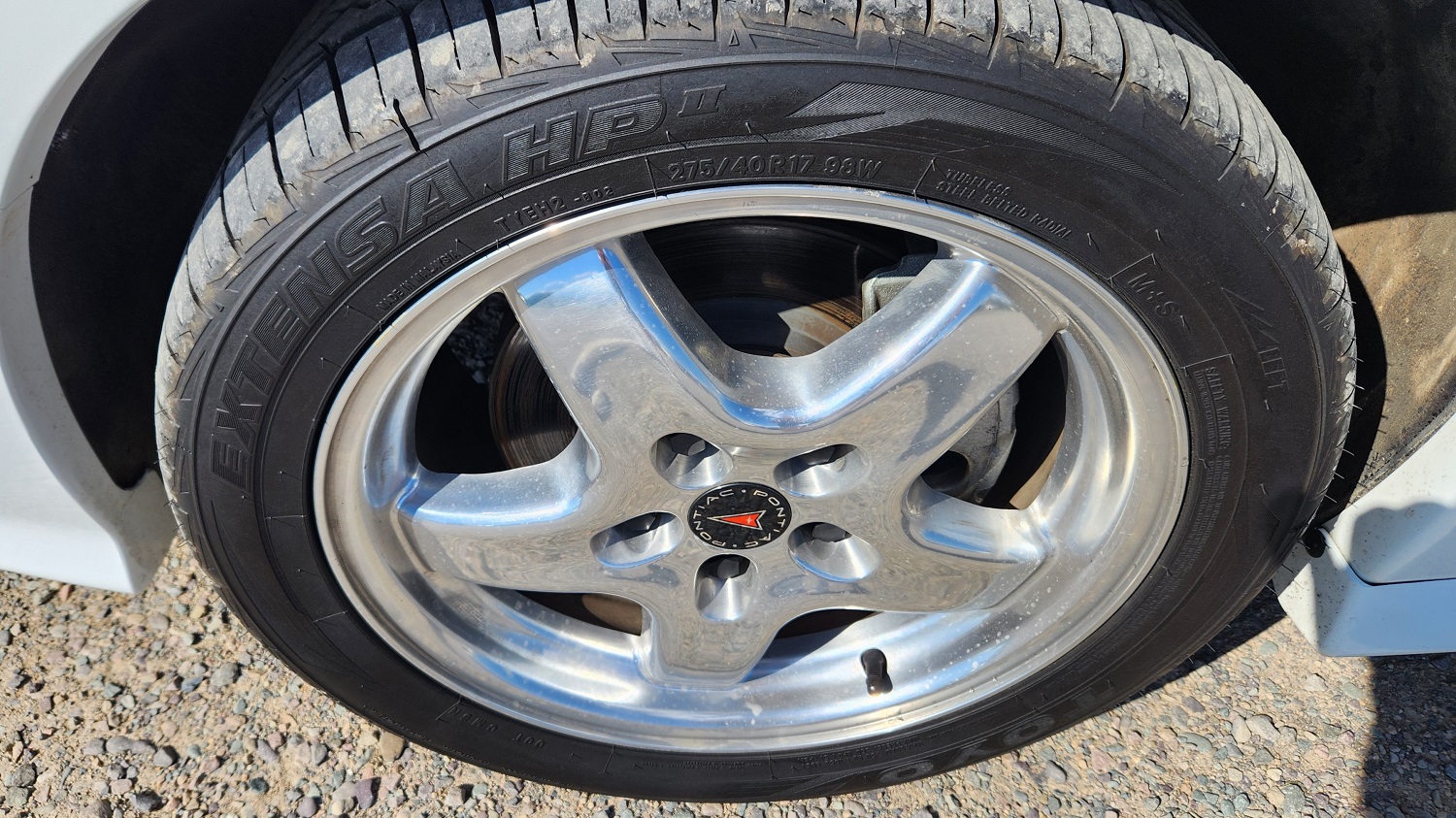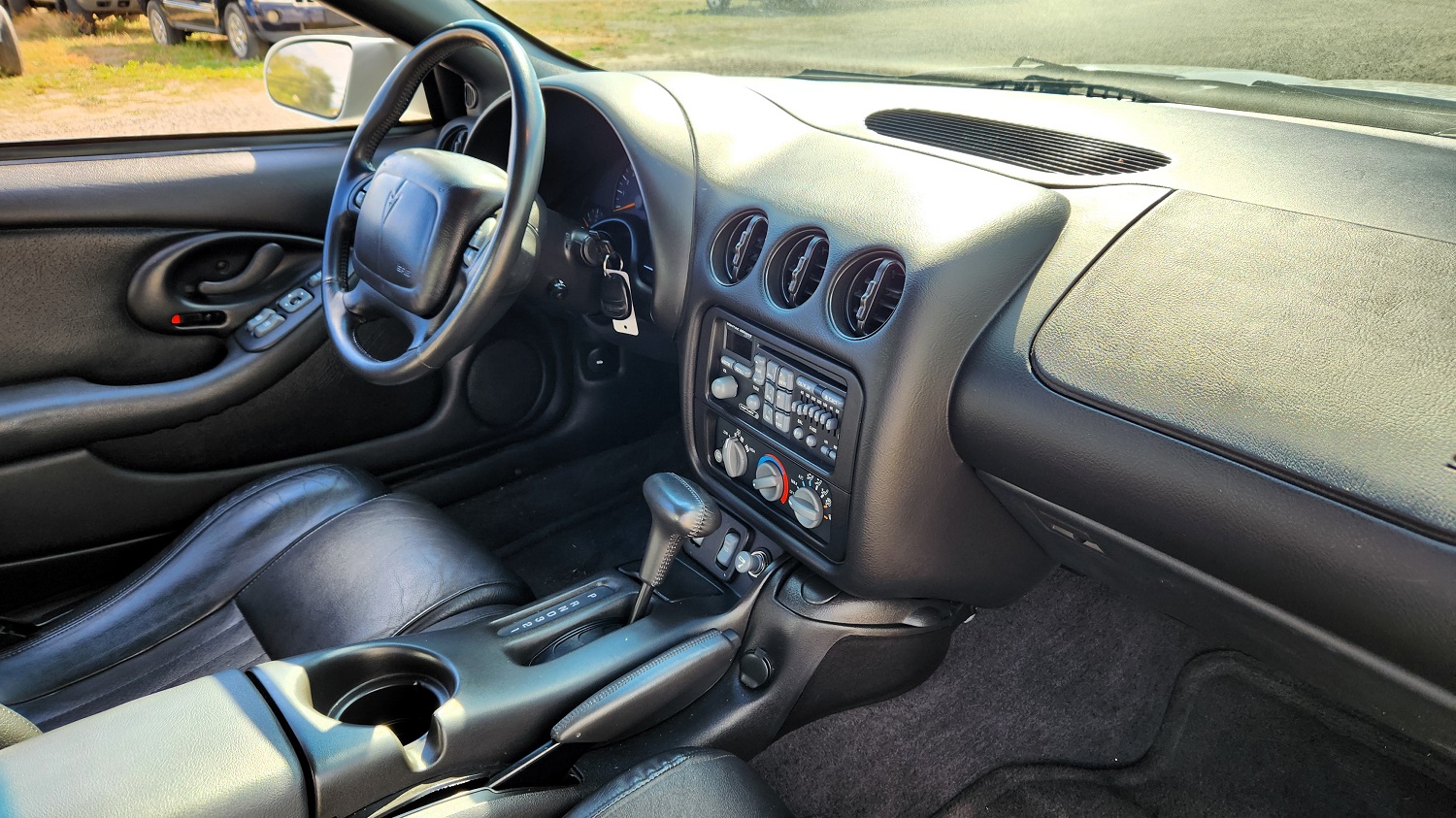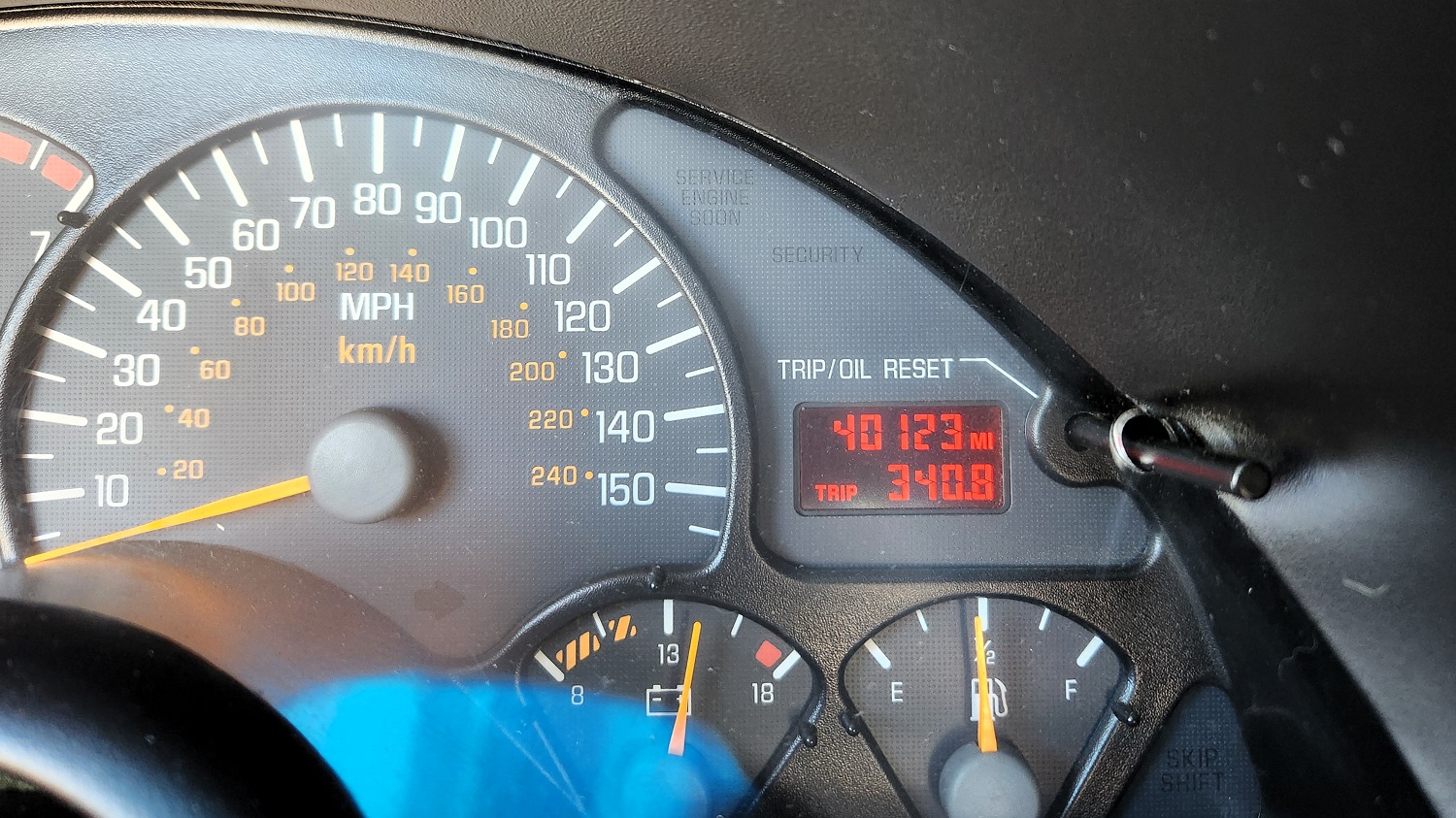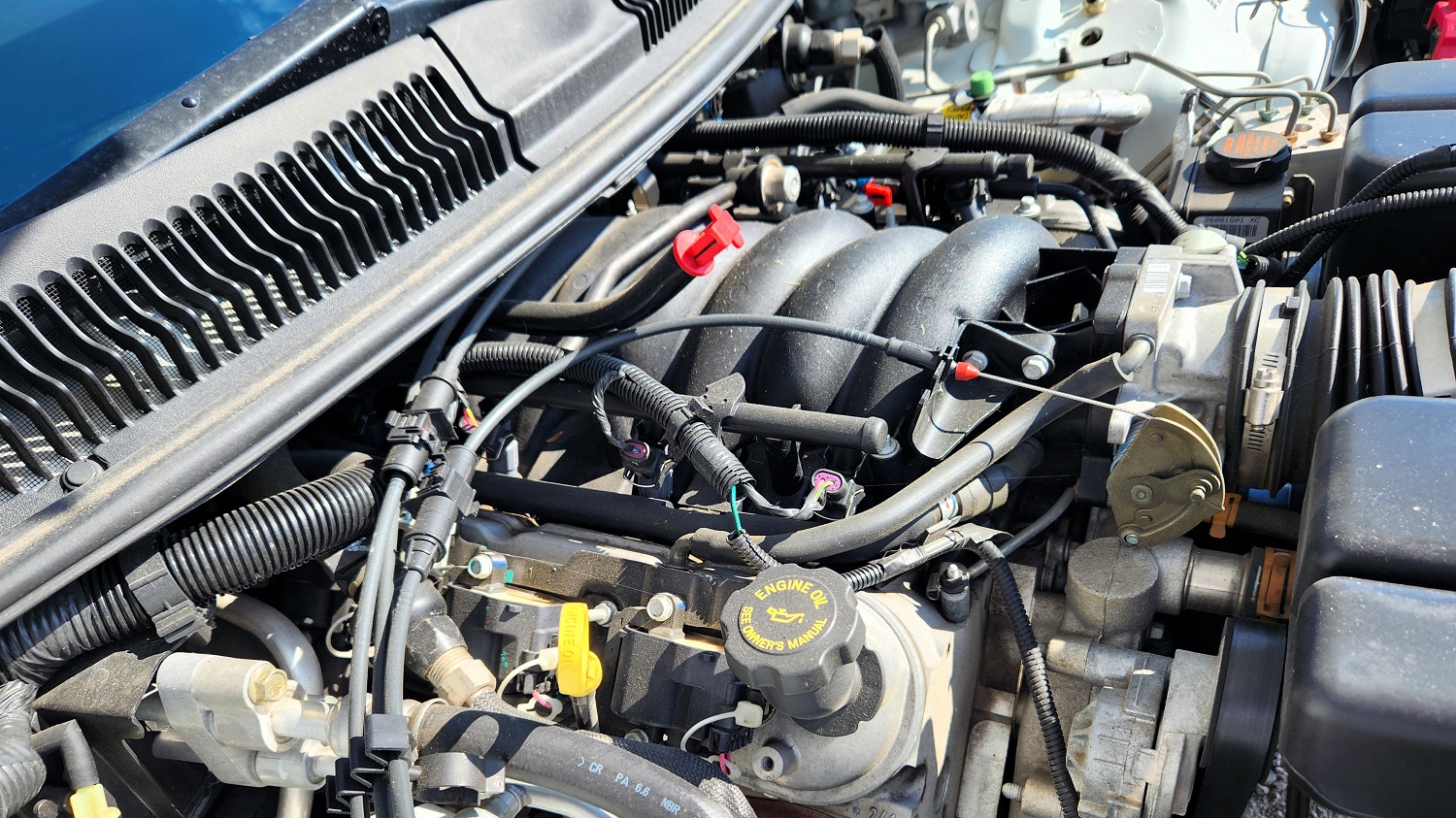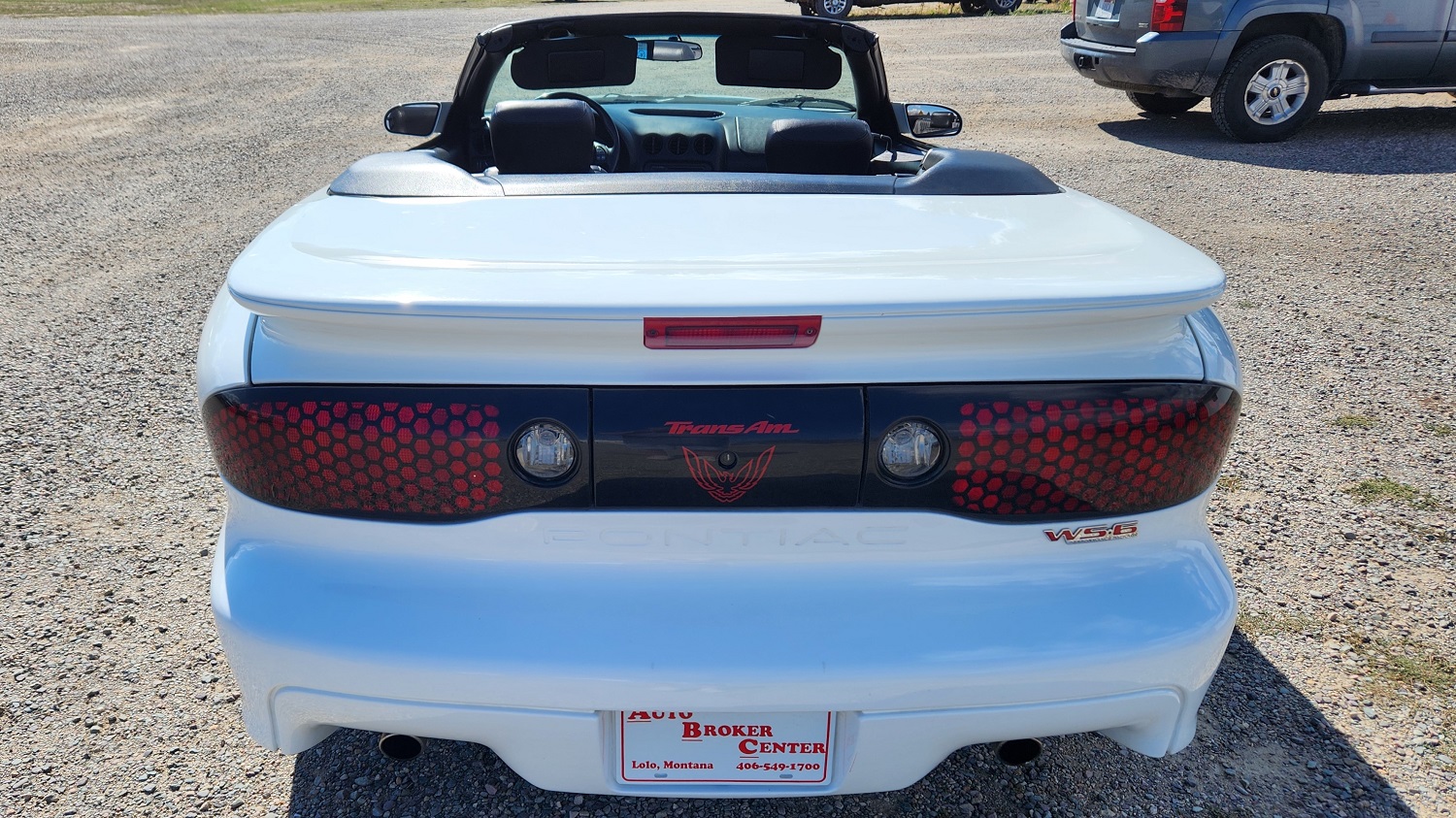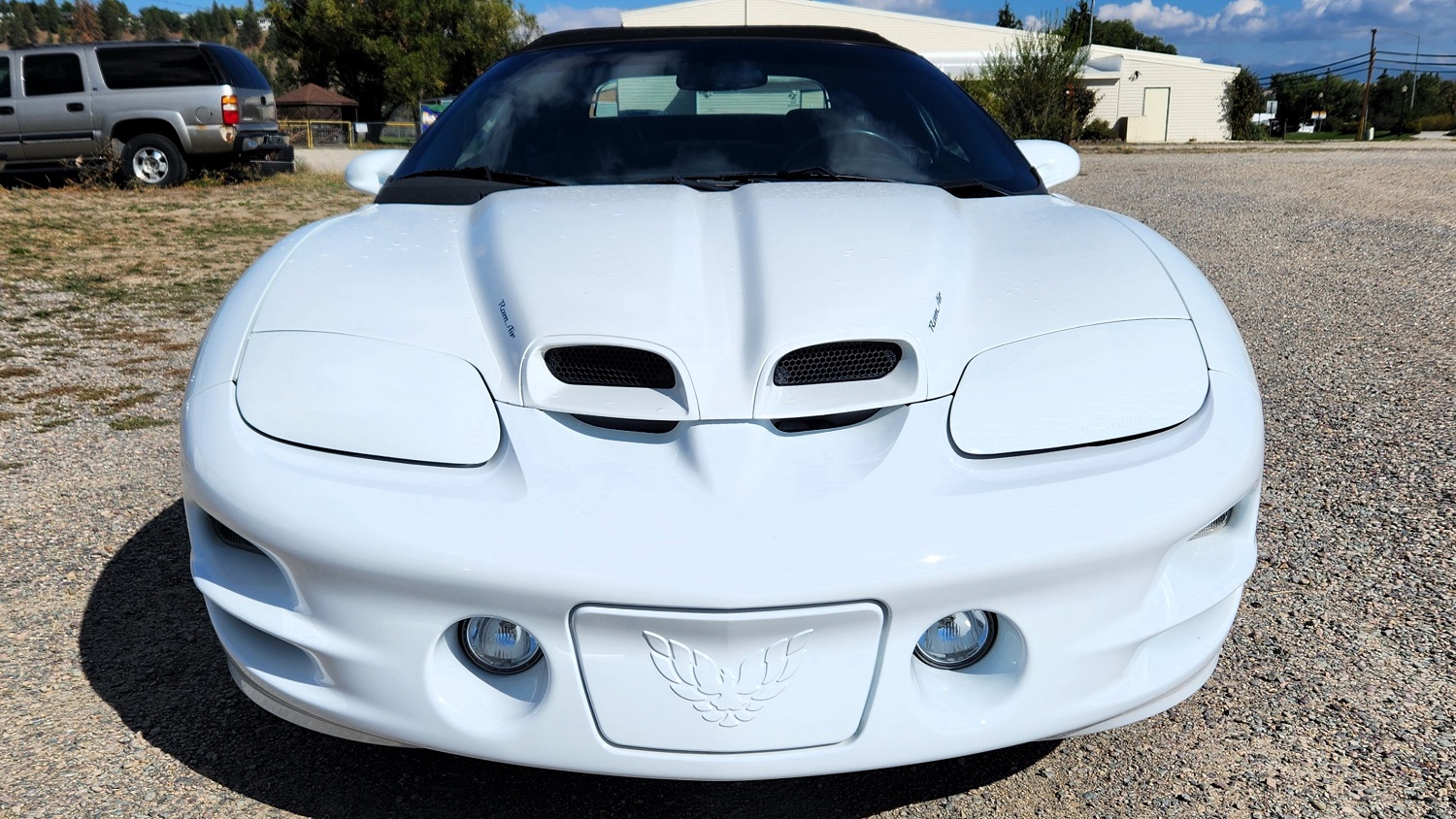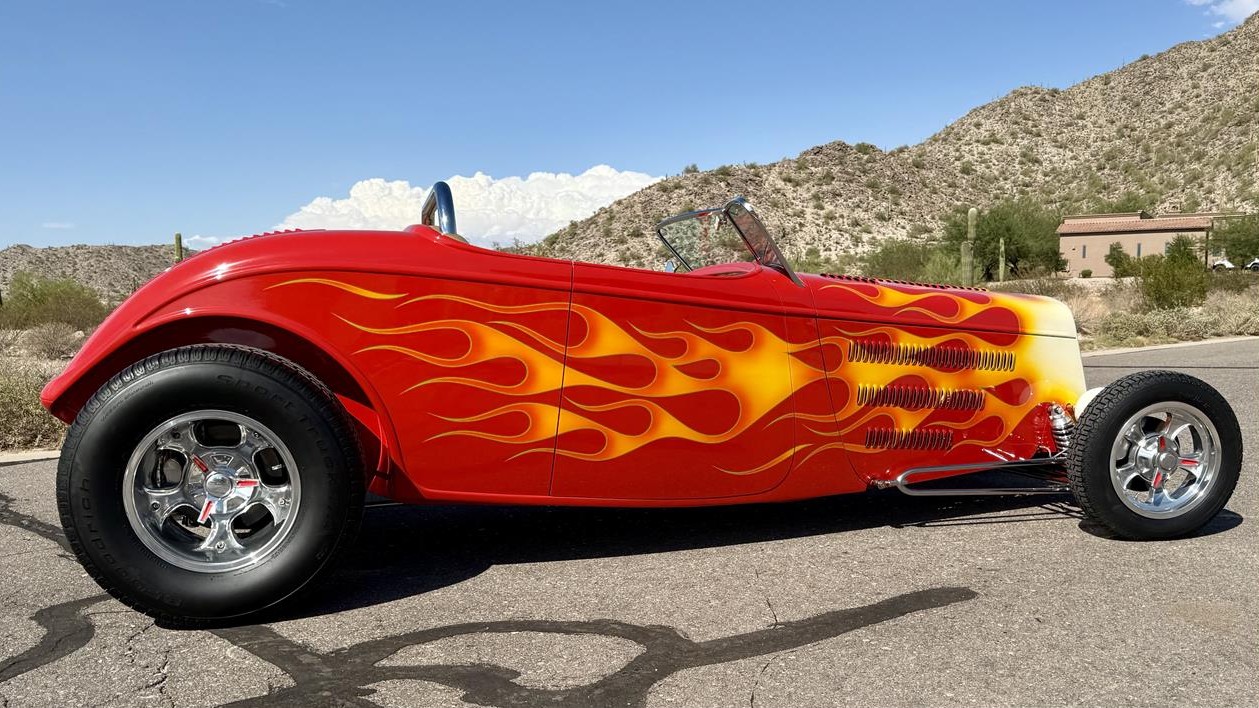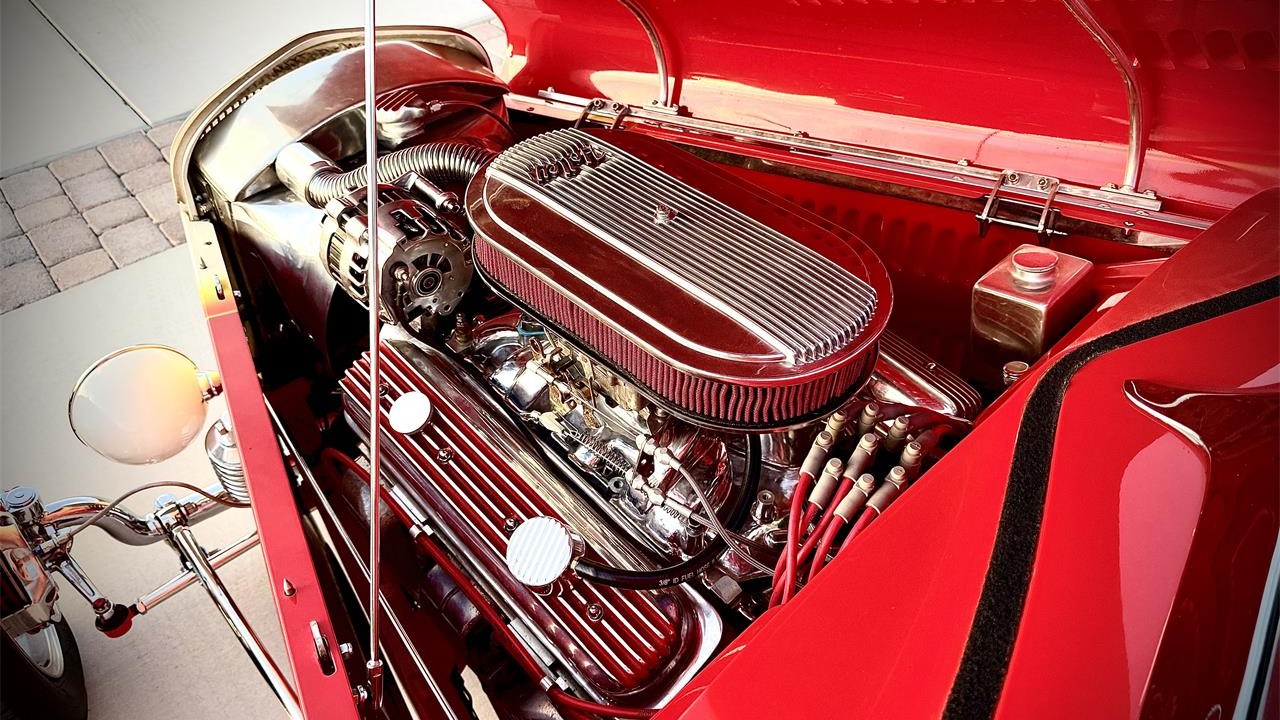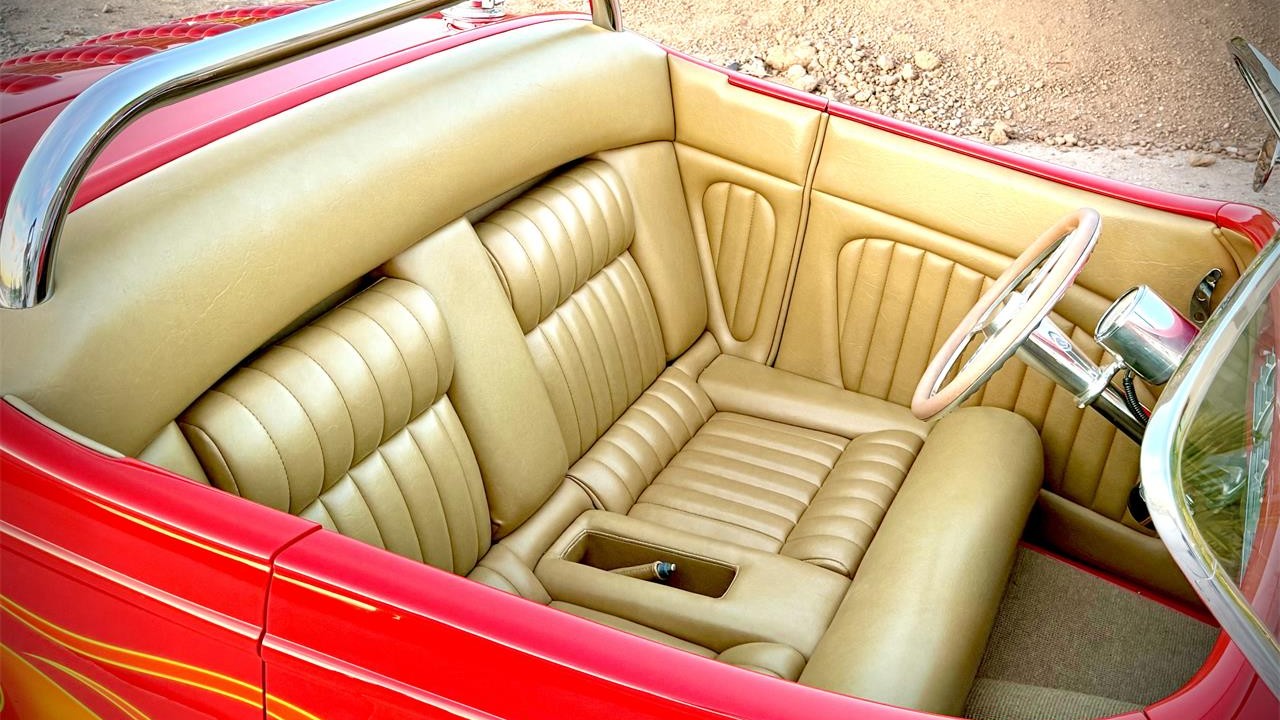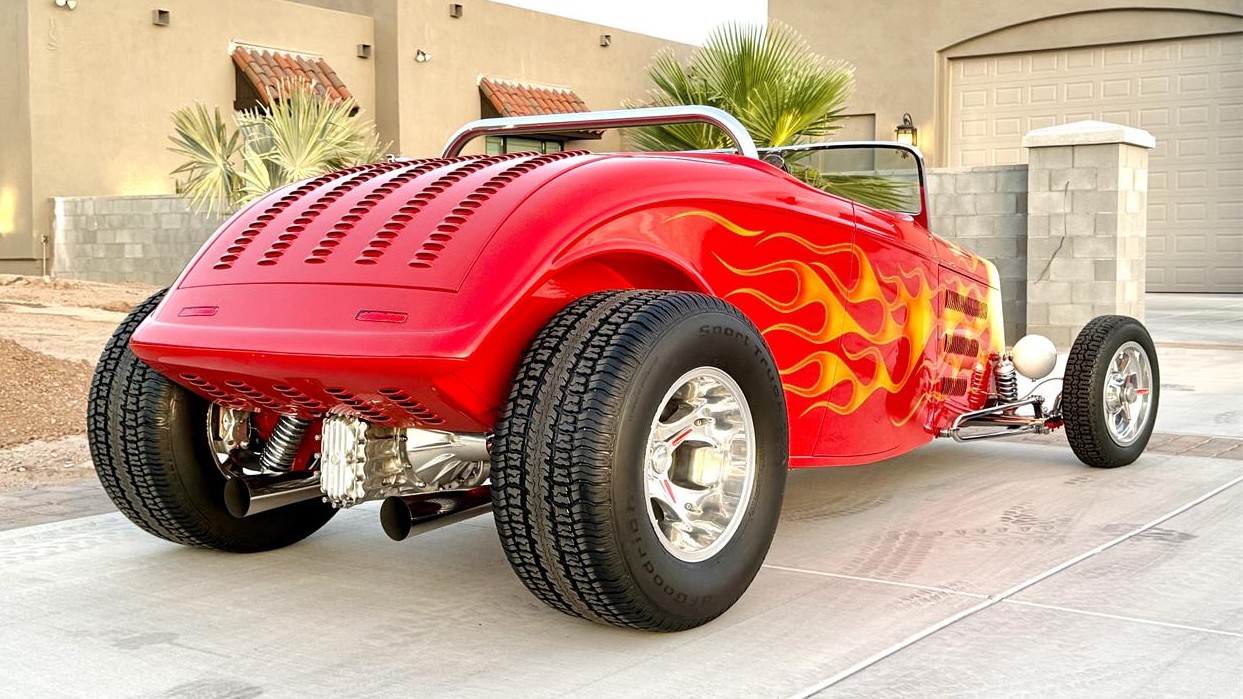If you are looking at buying a car from the world of little British sports cars there are many choices out there. Some examples are the legendary MGB, Triumph Spitfire, Sunbeam Alpine, and the Triumph TR6. All of these are good cars in their own right but, to me, there is an often overlooked model that combines some of the best qualities of two different cars from two different eras: the Triumph TR250.
The TR250, which carried the internal code name Project Wasp, was a bit of a stopgap measure that was created to compete against the higher-performance MGC, and to assist with emissions requirements from the U.S. that had started to strangle the TR4. What made the TR250 special to me is that it combined the stunning styling of the Michelotti-designed TR4 with the six-cylinder engine from the yet-to-be-released TR6. This combination makes the TR250 something just a bit more special than either the TR4 or the TR6. The TR250 is also a much rarer car than either of those vehicles as it was only built for a single year.
Today’s AutoHunter Spotlight is one of these rare single year cars, a 1968 TR250 offered on AutoHunter by a private seller located in Sonoma, California.
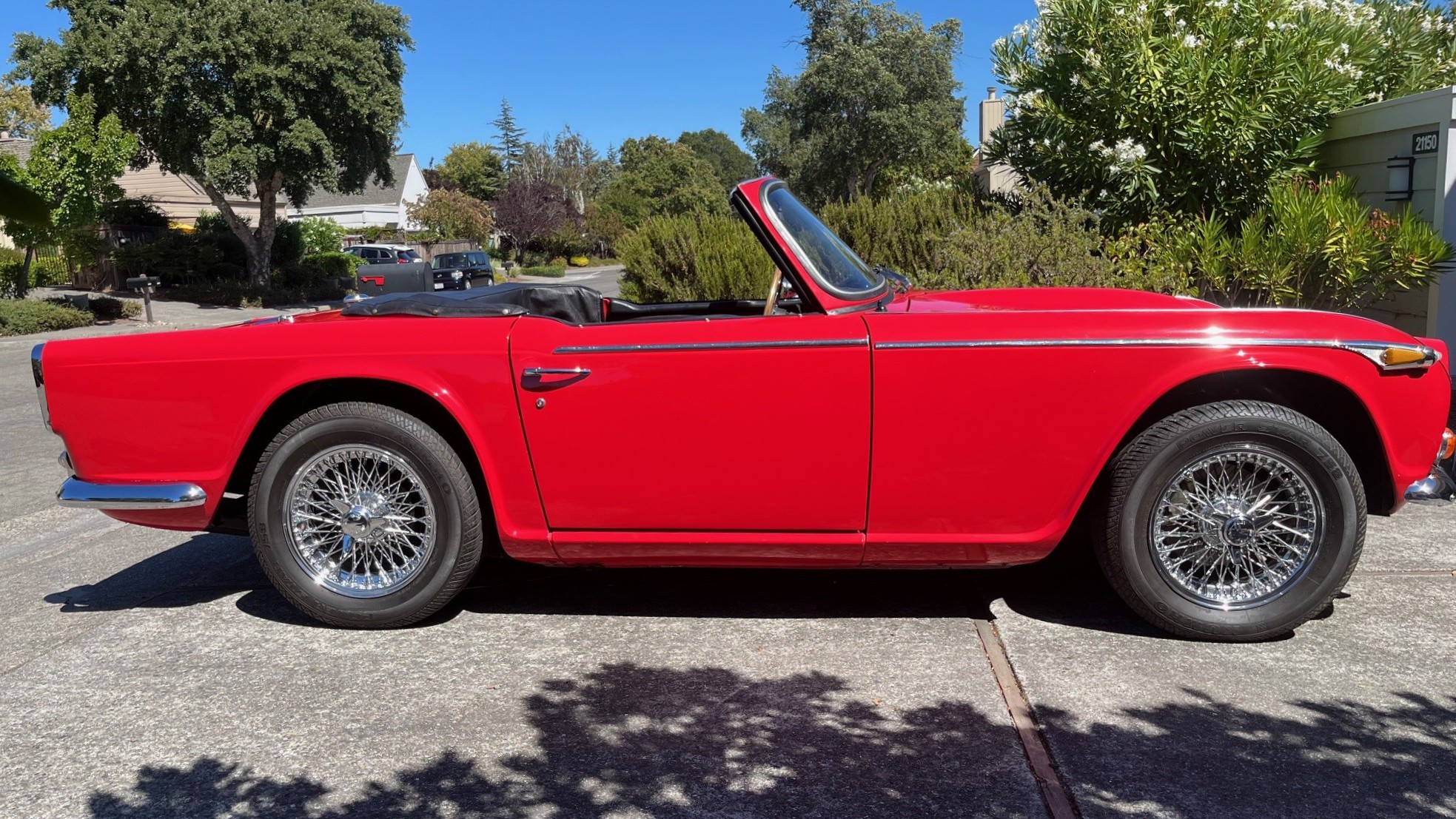
The seller describes this TR250 as being powered by the correct 2.5-liter inline-six mated to a four-speed manual transmission with overdrive. That last word is quite important to me as the overdrive unit on these cars transforms the Triumph from a car that is annoying at 65 MPH to one that can cruise all day at 75. The car is painted in the correct red over a new black leather interior (all TR250s came equipped with leather) and comes from the the seller with owner’s manual, maintenance manual, service receipts, and clear title.
The seller goes on to state some important facts about this car, including a $20,000 frame-off restoration in 1992 when the color was changed to red, a new interior, and engine and carbs that were rebuilt in 2023. These facts, combined with the car being located in Northern California, lead me to believe that this is likely a very nice example of a TR250.
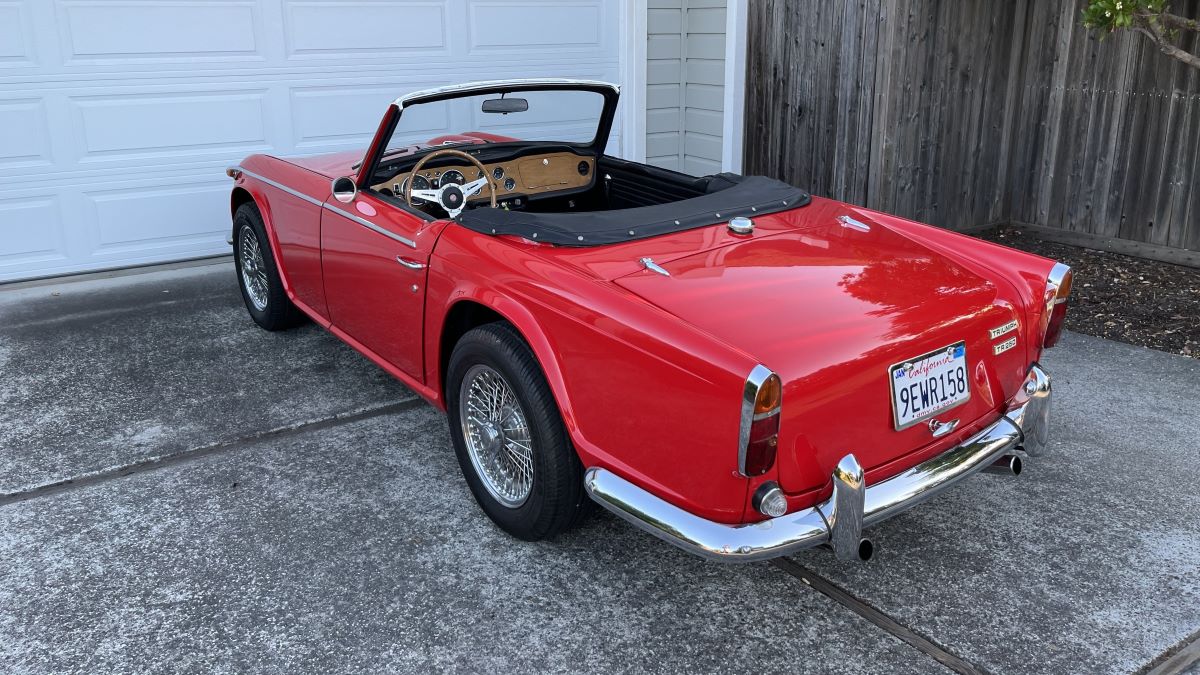
Looking at the photos in this listing it seems as if the paintwork was well done. I see no signs of overspray and have to believe that they painted this TR250 when it was disassembled, as it looks at least as good as a factory TR250 paint job. The seller states that the chrome was also replaced, and looks good as well. The only annoying thing I see on the exterior is that the door and fender chrome do not line up perfectly, especially on the right side of the car. I am not sure if this can be adjusted to line up better by adjusting the door but think it is likely. No, these cars were not perfect (like a 1968 Aston Martin), but I personally would take the time to try to remedy this.
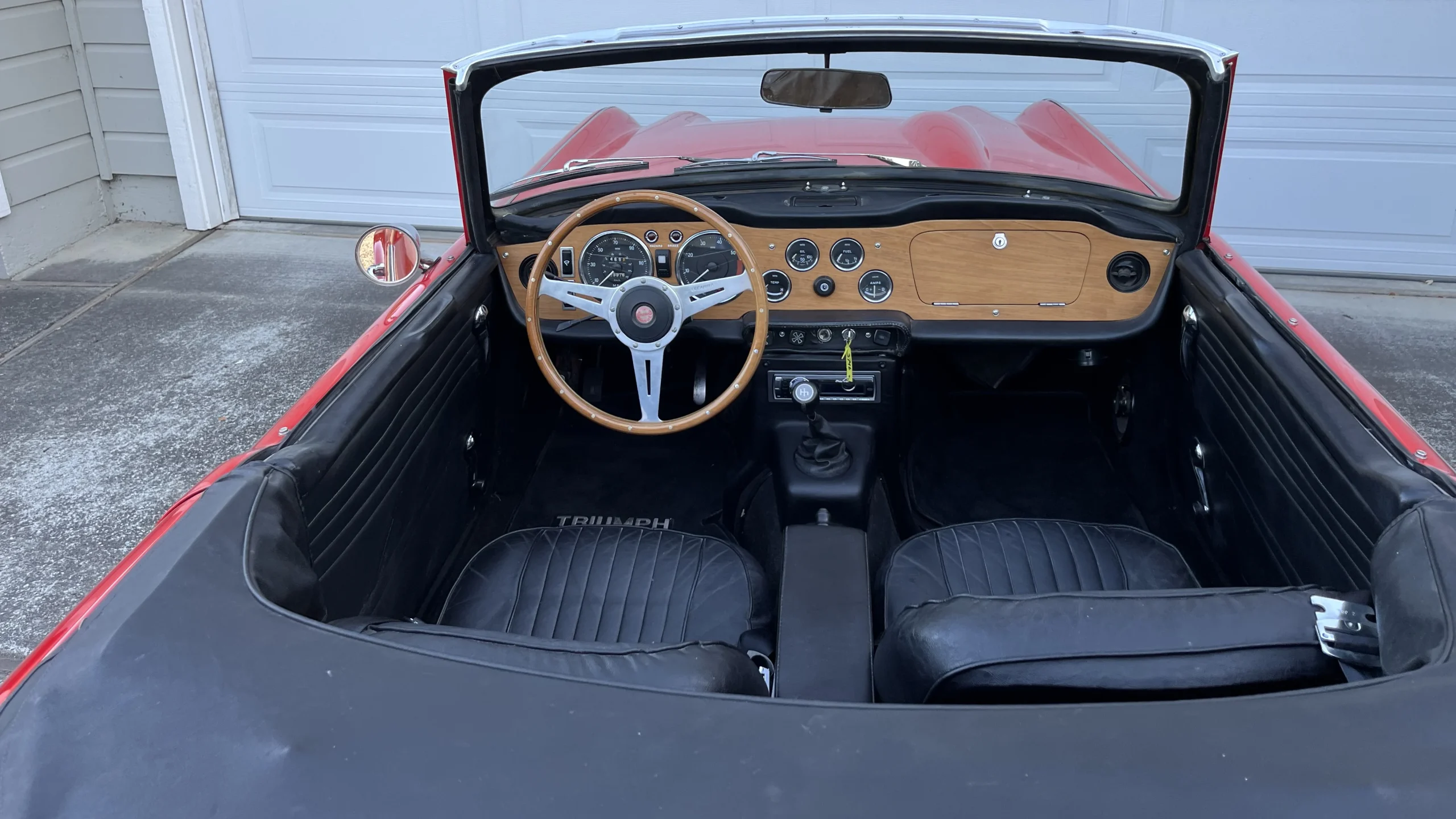
The interior looks to be in great shape with correct leather and correct wood dash. I personally like the aftermarket wood wheel. Yes, the leather seat covers could have been installed a bit better but this is something you can fix if it bothers you. I personally would just drive and enjoy it.
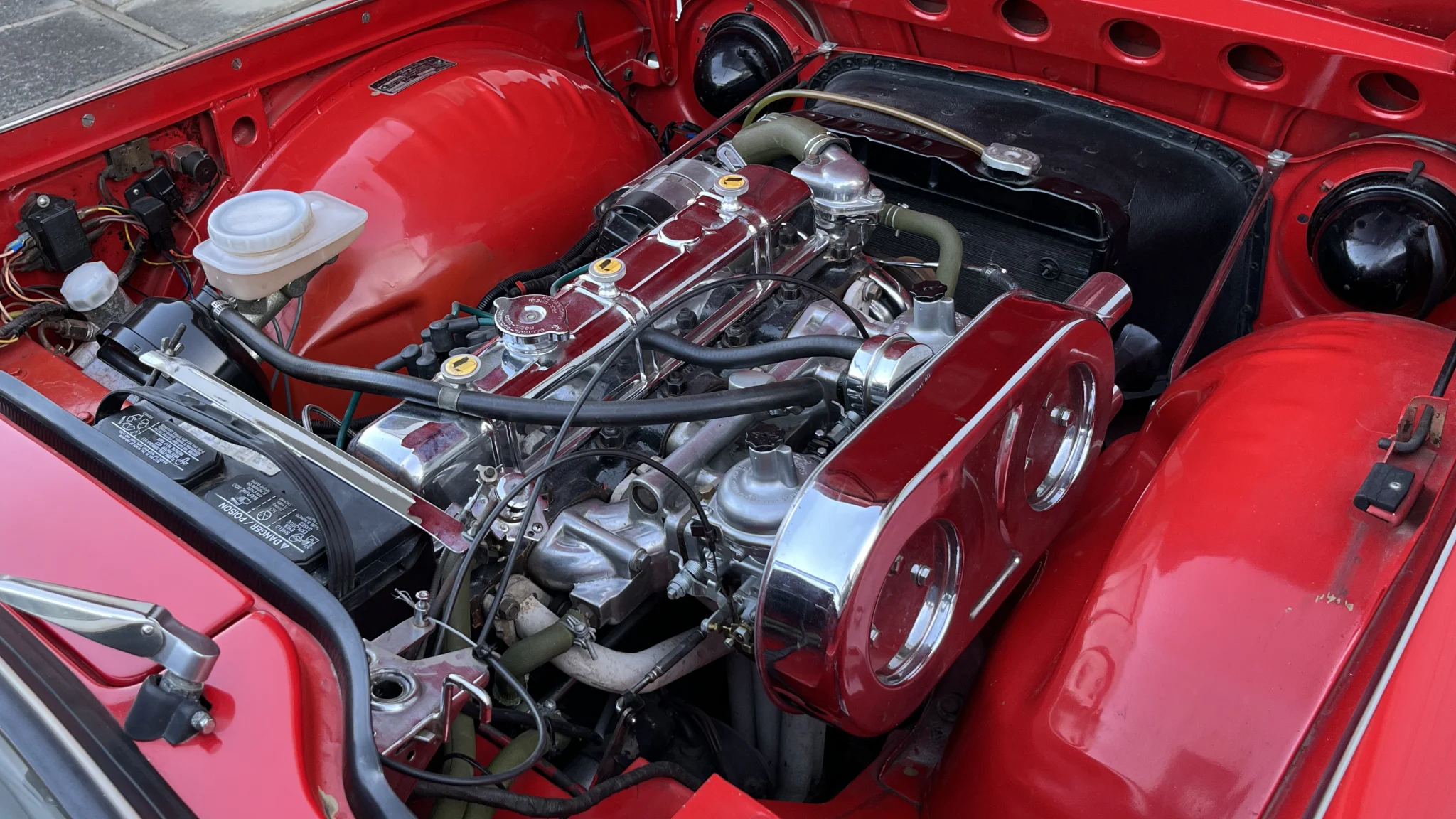
This TR250 engine compartment also looks to be in excellent condition, with a few chrome engine dress-up items. Everything looks to be in good shape.
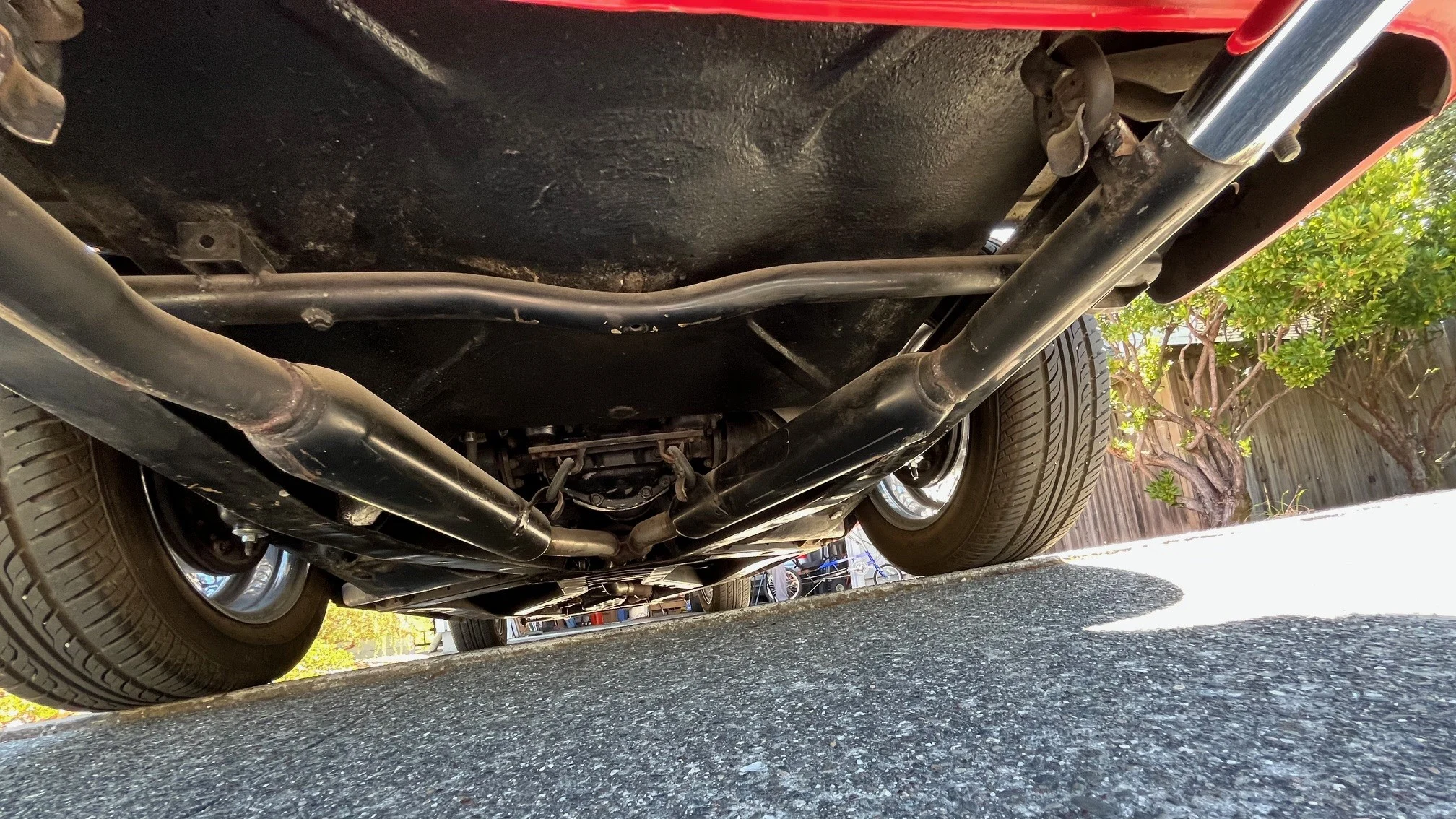
The underside of this TR250 also looks quite good, with everything appearing to be in nice shape. I fully believe that the restoration of this car included the suspension bushings. This is important as the difference between a TR6 with worn-out bushings and one with its suspension in good condition is so drastic that it’ll be like driving two different model cars.
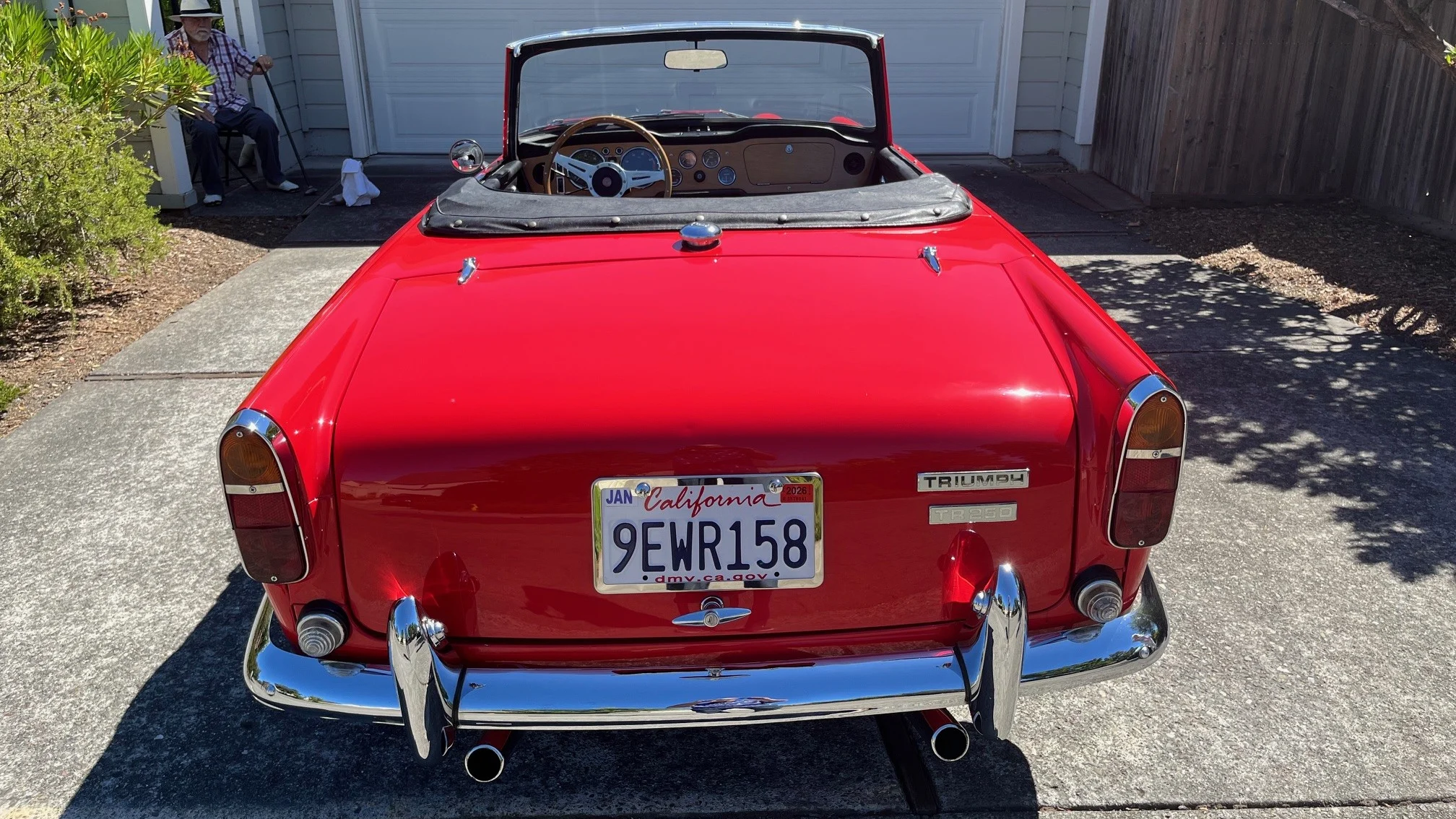
If you are looking for a classic British roadster that combines all the best bits, plus it being the rarest of the Triumph TRs, then I would consider this TR250. I have always liked it much more than the TR6 and think that these cars still have room to move upwards in value. More importantly, they are the very definition of a 1960s British roadster, offering enough power, good handling, and one of the best-sounding British engines of the era. If you think so too then bid on this car (and do it soon!) as the auction for this 1968 Triumph TR250 with overdrive ends Wednesday, October 1, 2025, at 12:00 p.m. (PDT).
Visit the AutoHunter listing for more information and a photo gallery

